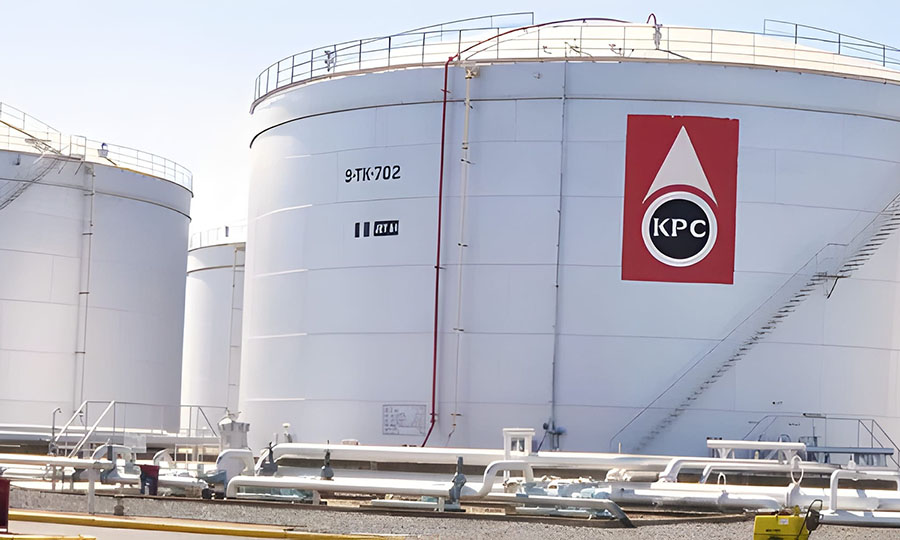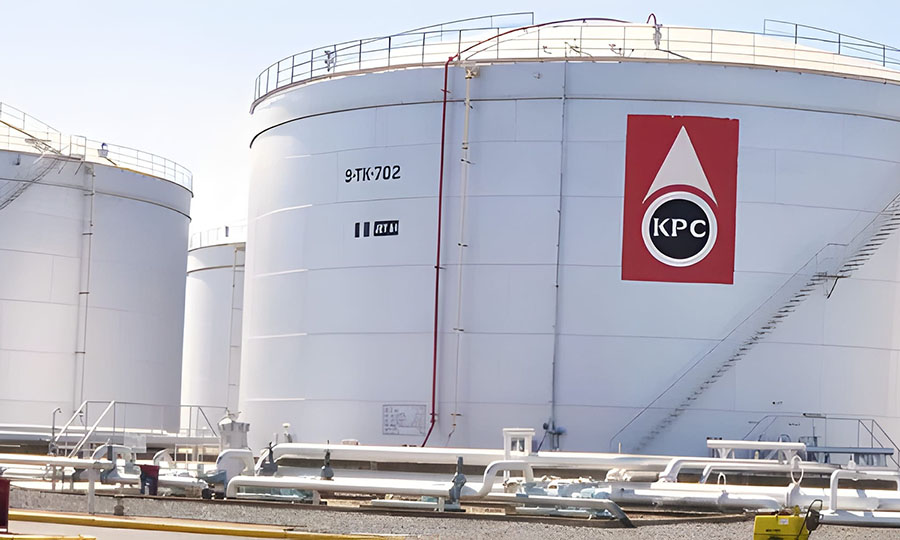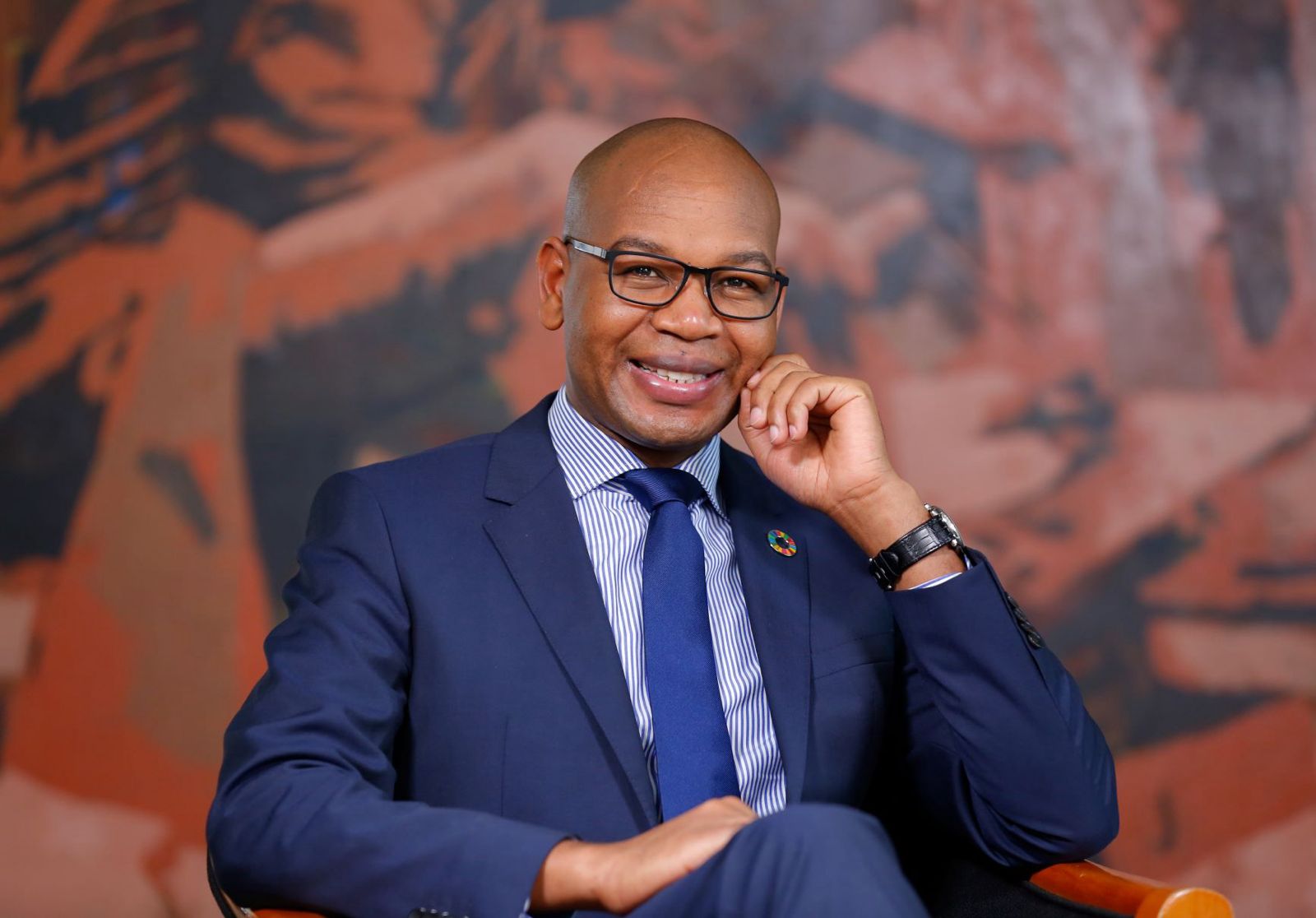Can Uganda Gain from Kenya’s Pipeline IPO?

Kenya is on the cusp of one of the most significant equity transactions in East Africa in nearly two decades.
The Kenyan government plans to sell its 65% controlling stake in the Kenya Pipeline Company (KPC) on the Nairobi Securities Exchange (NSE).
The target is to earn $775 million. It will surpass any initial public
offering (IPO) since Safaricom’s 2008 listing that raised $833 million.
Beyond that, this transaction is a strategic test of Kenya and the region’s capital market depth and investor sophistication.
KPC is no ordinary company. As a state-owned, regional utility, it operates a 1,700-kilometre network of pipelines.
It manages major fuel depots in Nairobi, Mombasa, Kisumu, Eldoret, and Nakuru.
Its infrastructure underpins regional petroleum trade, handling roughly 90% of products destined for Uganda.
It positions Kenya as a hub for East and Central Africa’s energy logistics.
A Kenya Cabinet memo this month described the partial divestiture as a move to “unlock the commercial potential of KPC”.
It also noted that government sought to position KPC as a competitive player in regional energy logistics.
The proposed model is a partial divestiture, whereby private investors acquire a stake while the state retains strategic control.
This approach mirrors successful precedents such as Safaricom, Kenya Commercial Bank, and KenGen.
It combines capital mobilization with retention of national influence.
For KPC, such a structure is particularly compelling.
It allows for fresh capital injection and operational modernisation.
It also aligns with large regional infrastructure initiatives, such as Lamu Port-South Sudan-Ethiopia Transport Corridor and the Northern Corridor Integration Projects.
These projects are central to cementing Kenya’s position as a regional energy and logistics hub.
The timing is politically and economically significant.
Kenya’s 2023 Auditor General report highlighted that over 40 state-owned enterprises were operating at a loss.
This intensifies pressure for structural reform and private-sector participation.
KPC’s privatization addresses both fiscal prudence and efficiency imperatives.
It also potentially reduces the financial burden of parastatals while modernizing a critical utility.
Operationally, KPC has taken proactive steps to enhance efficiency and capacity ahead of the IPO.
Managing Director Joe Sang recently announced several initiatives.
These include expanding flexibility at Western Kenya terminals, constructing a 110-million-litre storage facility at Port Reitz, and adding a 10-million-litre AGO tank in Kisumu.
Additionally, the company has increased the flow rate on Line 4 from 350,000 litres to 510,000 litres per hour.
This reduces distribution bottlenecks.
A planned liaison office in Uganda, set to open by January 2026, aims to improve cross-border coordination and accelerate dispute resolution, further underscoring KPC’s regional strategic role.
From a market perspective, KPC offers predictable, utility-like cash flows, making it attractive to both institutional and retail investors within and beyond East Africa.
Yet, unlike high-growth tech or financial services IPOs, its sale is sensitive to regulatory oversight, political influence, and investor trust.
Pricing, allocation, and transparent governance look to be critical in determining whether the IPO strengthens the NSE’s liquidity and credibility or exposes underlying structural weaknesses in East
African capital markets.
Market liquidity and investor dynamics
East African exchanges have long faced structural liquidity constraints.
Most equities are thinly traded, retail participation remains low, and holdings are heavily concentrated among institutional investors.
KPC’s IPO could change this dynamic by acting as a benchmark, utility-like asset with predictable revenue streams and dividends, providing both stability and tradability.
From a retail perspective, Safaricom’s 2008 listing demonstrated that well-structured IPOs can mobilize over a million small investors.
KPC’s regional importance and steady cash flows could similarly expand the investor base, cultivating long-term market participants and fostering a culture of equity investment.
Institutional investors—pension funds, insurance companies, and private equity—seek low-volatility, infrastructure-linked assets.
KPC offers predictable yield and portfolio diversification, making it highly attractive for fiduciary-constrained investors looking to balance risk and steady returns.
On the market mechanics side, a fully subscribed KPC IPO could raise free float materially, boost daily NSE turnover by 20–30%, and improve price discovery.
Increased liquidity would reduce the bid-ask spreads, stabilize valuations, and provide a reference point for future listings.
KPC’s success could demonstrate that large-scale, state-owned assets can be efficiently integrated into East Africa’s capital markets, setting a precedent for both investor confidence and financial inclusion.
Legal and execution risks
However, execution risks remain significant. The IPO has already been temporarily halted by a Nairobi court injunction filed by the Consumer Federation of Kenya (COFEK)
COFEK alleges that due process in the sale has not been fully observed.
The upcoming September 5 hearing introduces uncertainty, and any delays could erode market momentum.
In frontier markets like East Africa, investor perception is susceptible to legal and procedural rigor.
Even the appearance of irregularity can have immediate financial consequences.
Institutional investors may hesitate to commit, leading to under-subscription or an overreliance on retail investors, who typically contribute smaller ticket sizes and less long-term stability.
Pricing could also be affected. A perceived legal or governance risk may force the government to discount the offer price.
This reduces total proceeds and undermines the IPO’s broader financial objectives.
For regional and cross-border investors, who are key to achieving integration and liquidity goals, such uncertainty could deter participation.
These execution risks underscore that the KPC IPO’s success is not solely dependent on market appetite or asset quality.
It is equally dependent on a transparent, legally robust, and meticulously communicated process.
Only by managing these procedural and reputational risks can Kenya unlock the full potential of KPC as a market anchor and a catalyst for broader capital market development.
Policy, governance, and financial inclusion
Listing a state-owned enterprise is not merely a financial transaction; it is fundamentally a governance exercise.
By opening KPC to public investors, the Kenyan government can embed robust corporate governance practices, mandating regular disclosures, independent audits, and professional board oversight.
Such measures strengthen public accountability, aligning management incentives with shareholder interests rather than solely political objectives.
For investors, this builds confidence that the company will
operate efficiently and transparently, crucial for attracting both institutional and retail participation.
Kampala has already expressed interest in the KPC, Kenya’s National Treasury cabinet secretary John Mbadi told Kenya’s parliament on August 11.
The most likely buyer would be Uganda National Oil Company (UNOC).
Regional Integration and Cross-Listings KPC’s strategic value extends beyond Kenya’s borders.
Within the East African Securities Exchanges Association (EASEA) framework, the IPO could catalyze the regional integration of capital
markets.
Investors from Uganda, Tanzania, Rwanda, and Ethiopia could participate, broadening the investor base and improving liquidity across the region.
Cross-listing offers multiple advantages. It lowers trading costs for regional investors, provides portfolio diversification, reduces market concentration risks, and gives issuers access to a larger pool of capital for
future financing needs.
For a frontier market like East Africa, this can accelerate financial market development and foster a culture of long-term investment.
However, these benefits come with execution challenges.
Coordinating across multiple regulatory regimes requires harmonized reporting standards, aligned settlement systems, and careful management
of currency and FX risks.
Missteps in cross-border execution could erode investor confidence and disrupt the anticipated liquidity gains, making regulatory and operational alignment a prerequisite for success.
A market under the microscope
The central question is not whether KPC is a profitable company — it almost certainly is.
But can East Africa’s capital markets responsibly absorb a strategic, high-value state-owned enterprise?
A well-executed IPO would deepen liquidity, broaden investor participation, and strengthen governance standards across the region.
It would also create a virtuous cycle that benefits future listings and market confidence.
Conversely, a poorly managed offering could erode trust, deter institutional and retail investors.
It would slow the evolution of integrated, mature regional capital markets.
Share this content:

 Brokers Tighten Hold on Uganda’s Insurance Market as Commissions Rise 6% in Q2 2025
Brokers Tighten Hold on Uganda’s Insurance Market as Commissions Rise 6% in Q2 2025






Post Comment